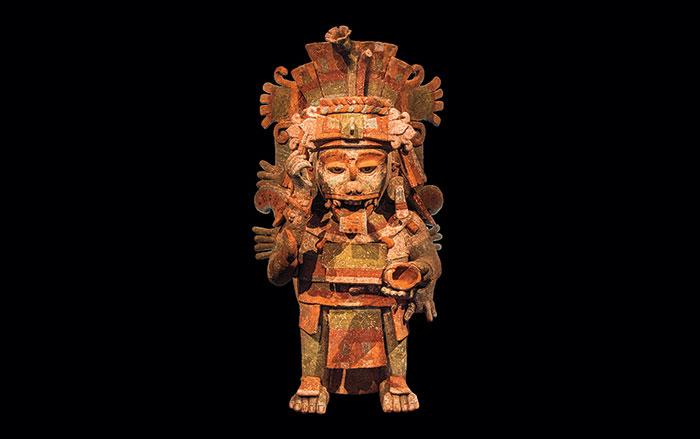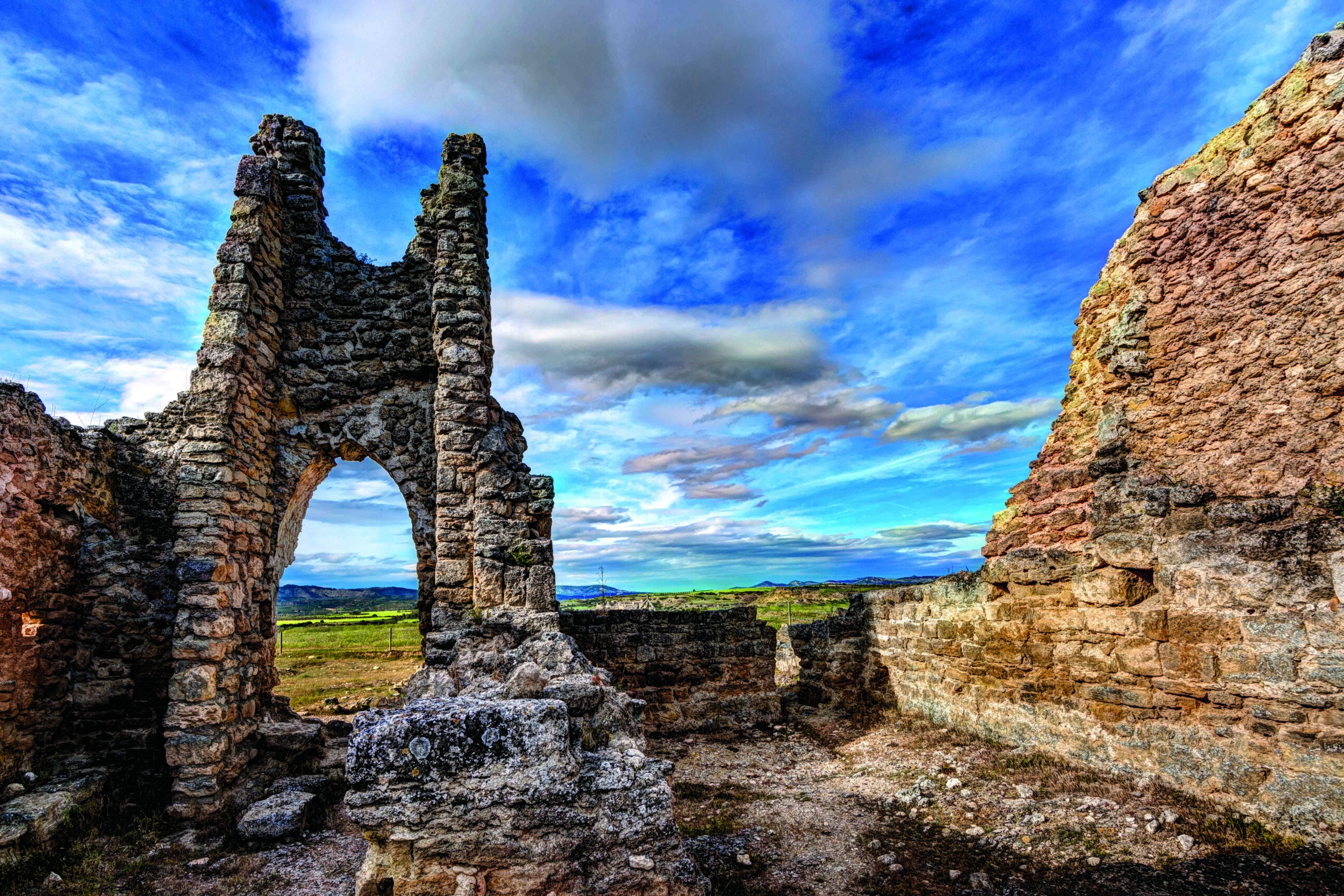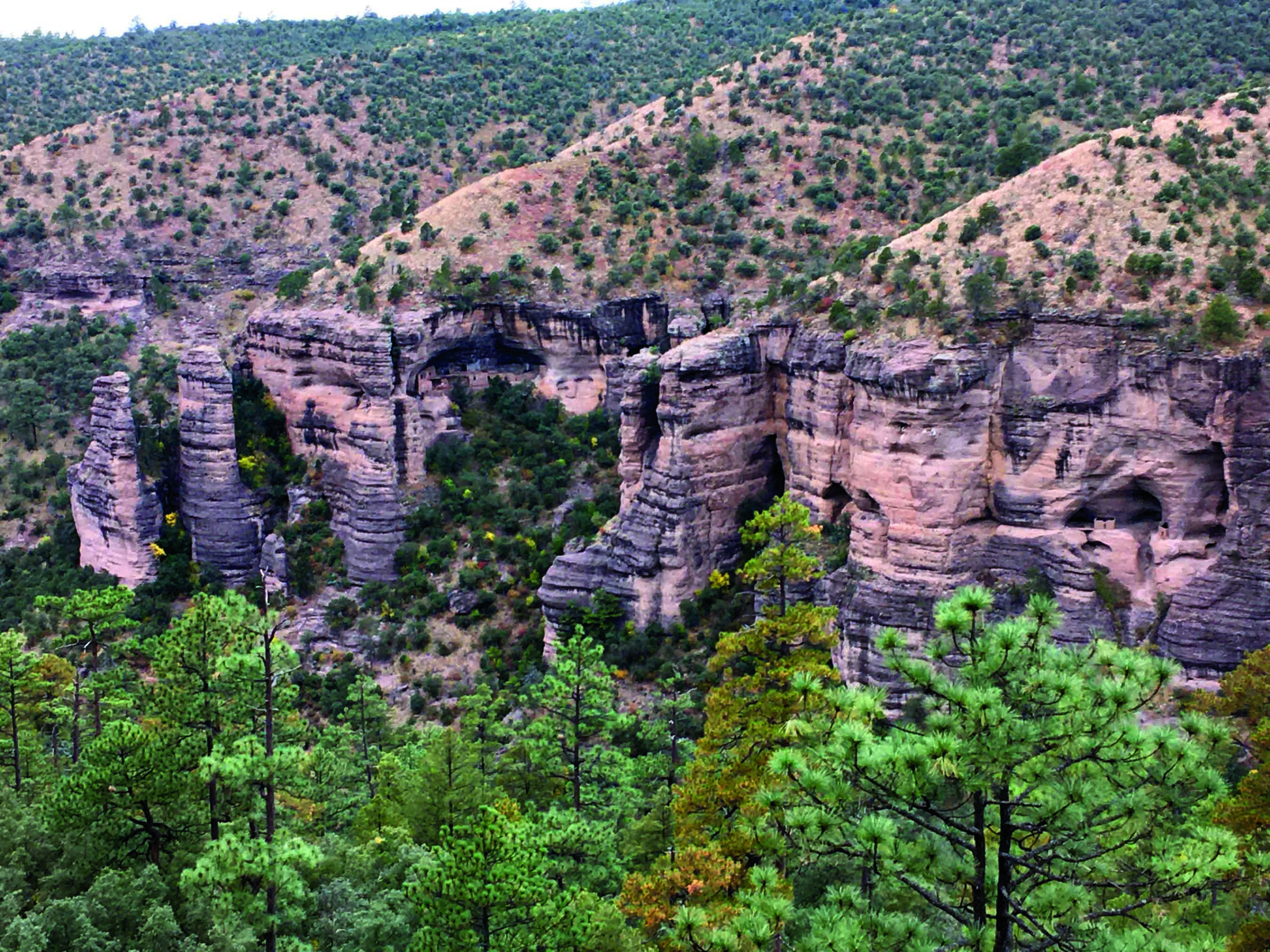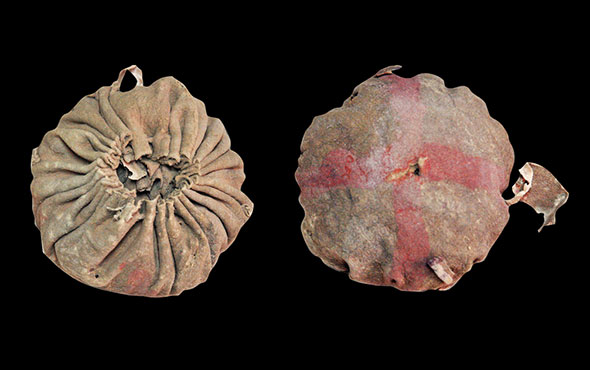MERIDA, MEXICO—Reuters reports that 137 handprints have been found on the walls of a subterranean cave on the northern tip of Mexico’s Yucatan Peninsula. The artworks have been dated to between A.D. 800 and 1000, during a time of severe drought. Many of the red and black prints belong to children who were entering puberty, based upon their size, and may be connected to a Maya coming-of-age ritual, according to archaeologist Sergio Grosjean. “They imprinted their hands on the walls in black…which symbolized death, but that didn’t mean they were going to be killed, but rather death from a ritual perspective,” he said. “Afterwards, these children imprinted their hands in red, which was a reference to war or life.” Grosjean and his colleagues also found a carved face and six painted relief sculptures in the cave. To read about Maya clothing, go to "From Head to Toe in the Ancient Maya World."
1,200-Year-Old Children’s Hand Prints Found in Mexican Cave
News May 2, 2021
Recommended Articles
Features November/December 2025
Acts of Faith
Evidence emerges of the day in 1562 when an infamous Spanish cleric tried to destroy Maya religion

Digs & Discoveries July/August 2023
A Game to Remember

Digs & Discoveries January/February 2020
Maya Maize God's Birth

Artifacts July/August 2025
Maya Ceramic Figurine

-
Features March/April 2021
The Visigoths' Imperial Ambitions
How an unlikely Visigothic city rose in Spain amid the chaotic aftermath of Rome’s final collapse
 Yil Dori
Yil Dori -
Letter from Chihuahua March/April 2021
Cliff Dwellers of the Sierra Madre
A recurring design motif found in northern Mexico’s ancient mountain villages reflects complex cultural ties between distant peoples
 (Photo by Stephen H. Lekson)
(Photo by Stephen H. Lekson) -
Artifacts March/April 2021
Subeixi Game Balls
 (Courtesy Patrick Wertmann)
(Courtesy Patrick Wertmann) -
Digs & Discoveries March/April 2021
An Enduring Design
 Courtesy Durham University
Courtesy Durham University


